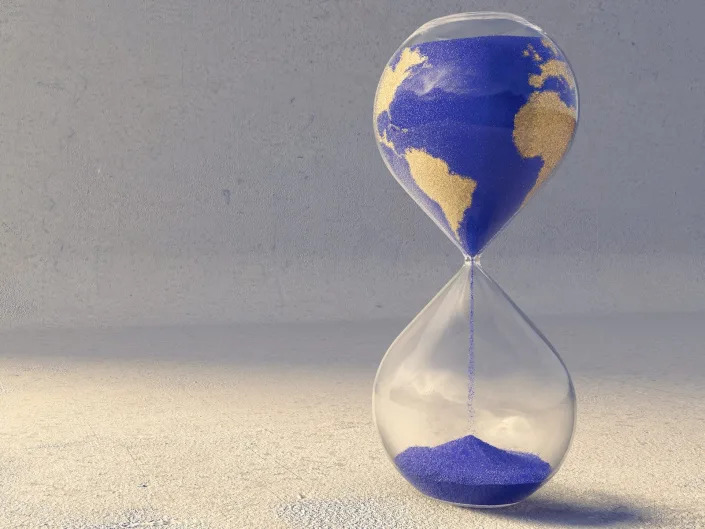Monkeypox treatment maker prepared to ramp up manufacturing, CEO says
Monkeypox cases are rising rapidly across the U.S., and while the federal government is poised to declare the outbreak a public health emergency, cases globally are putting pressure on supplies of potential vaccines and treatments.
Tecovirimat, known by its brand TPOXX, is the only available treatment — though it has only been tested for use against smallpox, a related virus. TPOXX maker SIGA Technologies (SIGA) is now fielding a surge of requests from countries looking for supply.
In the past two years, the company has produced and delivered 360,000 courses — each of which entails 2 pills a day for 14 days — for the U.S. to replenish the stockpile, which now has just under 2 million courses.
Aside from the U.S., Canada was the only other country that was stockpiling courses, according to SIGA CEO Phil Gomez.
"We do have a lot of inquiries coming in from dozens of countries that are now trying to catch up and establish stockpiles," he told Yahoo Finance on Friday.
The company has a total of $56 million in new orders of treatment courses this year, from a half dozen countries and entities, and anticipates about half of the orders to be delivered by September.
"We're certainly working with our network to expand manufacturing, but we were anticipating a large number of orders over the next few years, so we have product available and in our supply chain to advance in response to these orders," Gomez said.
Public health emergency
The World Health Organization (WHO) has already announced a public health emergency globally, as more countries continue to report cases and deaths. There are now more than 16,000 cases in 75 countries.
But vaccines, treatments and even testing continue to be limited in availability both abroad and in the U.S., despite federal governments' efforts and reassurances about available tools. In African countries, where the disease has been endemic for some time, vaccines are not available.
Despite the stockpile, TPOXX remains elusive as the burden of the regulatory process deters or confuses providers. The FDA and CDC have asked that paperwork be done to collect safety data on the use of the pill, since it is not approved for monkeypox.
TPOXX is available both intravenously and as a pill and was approved by the FDA for use against smallpox in 2018, after which the U.S. government began to stockpile doses.
The National Institutes of Allergy and Infectious Diseases (NIAID) is looking to begin clinical trials for monkeypox in coming months, Gomez said.
Monkeypox is largely transmitted through close physical contact with skin or mucus and saliva. It is not considered a sexually transmitted disease, but is largely circulating among men who have sex with men, prompting the WHO to caution the community to reduce the number of partners for now to help curb the spread. The first case in a pregnant woman was recently reported in the U.S.
Health care providers who do not regularly treat LGBTQ+ patients are struggling to identify cases, often testing for other STDs first, which could lead to missed diagnoses that aren't already symptomatic.
Symptoms include fever, muscle aches, chills and skin lesions. A positive case requires weeks-long isolation — much longer than COVID-19.
The virus has been endemic in parts of Africa, and two specific strains, known as clades, are circulating there. The West African clade, which is in circulation globally, has a low mortality rate, while the Congo Basin clade has a higher mortality rate.
But countries like Brazil and Spain have reported deaths, spurring concern about the ability to contain the disease globally.
"Unfortunately, I think the original perception that this was going to be a self-limiting infection with not a lot of morbidity and mortality just hasn't played out," Gomez said, saying the response continues to be slow.
As with COVID-19, concerns about access to life-saving drugs and vaccines globally and equitably have grown. SIGA has already donated treatment courses in Africa, and is in discussions with the WHO and global non-profits to ensure equitable availability, Gomez said.

















